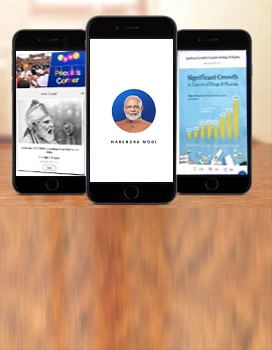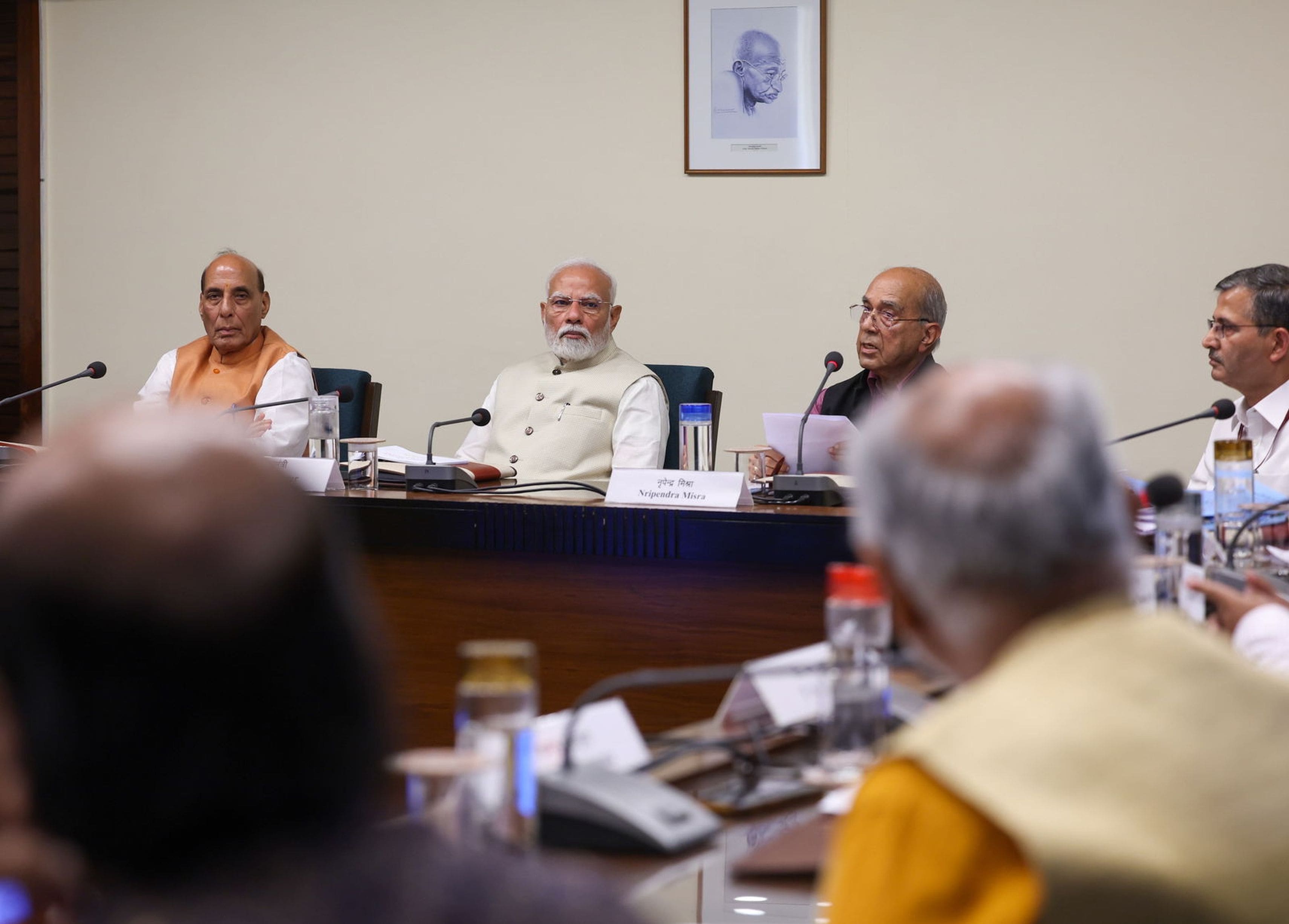The Director General of ITER
Members of ITER
Distinguished members of the scientific community of many nations,
Ladies and Gentlemen,
Namaskar!
My warm greetings to you on this historic occasion.
Today we are celebrating the beginning of the ITER Assembly activities.
It is an important milestone in the progress of the ITER project. We have reached it after an extraordinary journey of many years of commitment, dedication and hard work by scientists, engineers and technicians.
They have successfully developed and fabricated a wide range of entirely new components that represent design, innovation and engineering of great complexity and precision. They have done this while adhering to schedules and time lines.
Indeed, the ITER organisation deserves special appreciation for maintaining its schedule of activities in recent months despite the disruptions and restrictions of the ongoing pandemic. They deserve our deepest appreciation.
India is proud to be part of a global enterprise that is at the frontier of science and engineering.
Indian scientists have made valuable contributions to the development and fabrication of the cryostat, the cooling system, the cryo-distribution system and several kilometers of cryolines. They remain involved in many other aspects of the project.
They have demonstrated India’s capabilities for design and manufacture at the most advanced levels. Equally, our institutions, scientists and engineers have Published on www.dae.gov.in Department of Atomic Energy India benefitted enormously from collaborating with their peers from around the world.
ITER is a project of an extraordinary vision and ambition and of unparalled scale and complexity.
By seeking to simulate the Sun’s energy production on earth, it is attempting a task of cosmic proportions.
It is as much a testimony of a relentless human pursuit of knowledge as it is of our enduring quest to use science for the welfare of humanity – in this case, for abundant, clean and sustainable source of energy.
The project is also very special because it involves international collaboration at an unprecedented level.
This shared endeavor for our common good is a perfect symbol of the age-old Indian belief – Vasudhaiva Kutumbakam – the entire world is one family!
Today’s event is an important step towards a better tomorrow for mankind. On behalf of 1.3 billion Indians, I wish the ITER project all success.
Thank you.
















